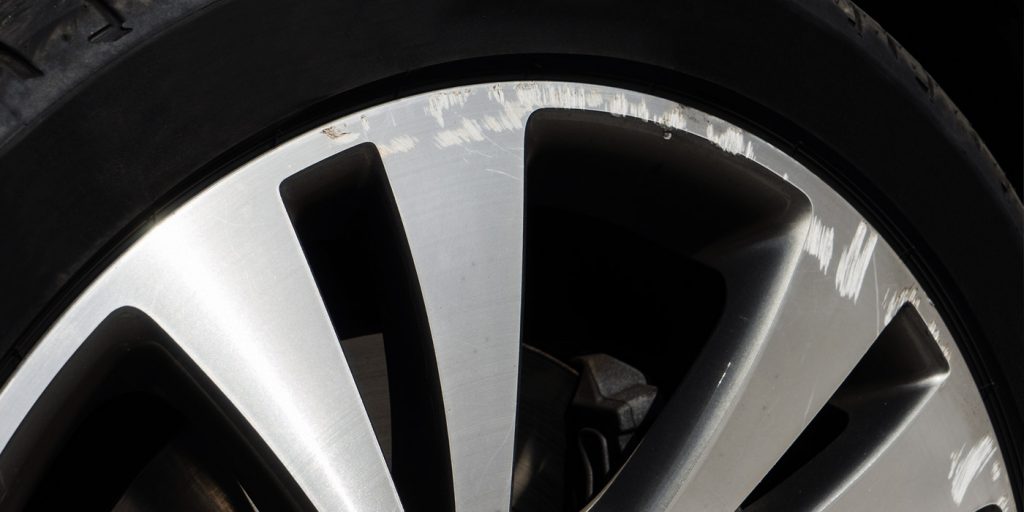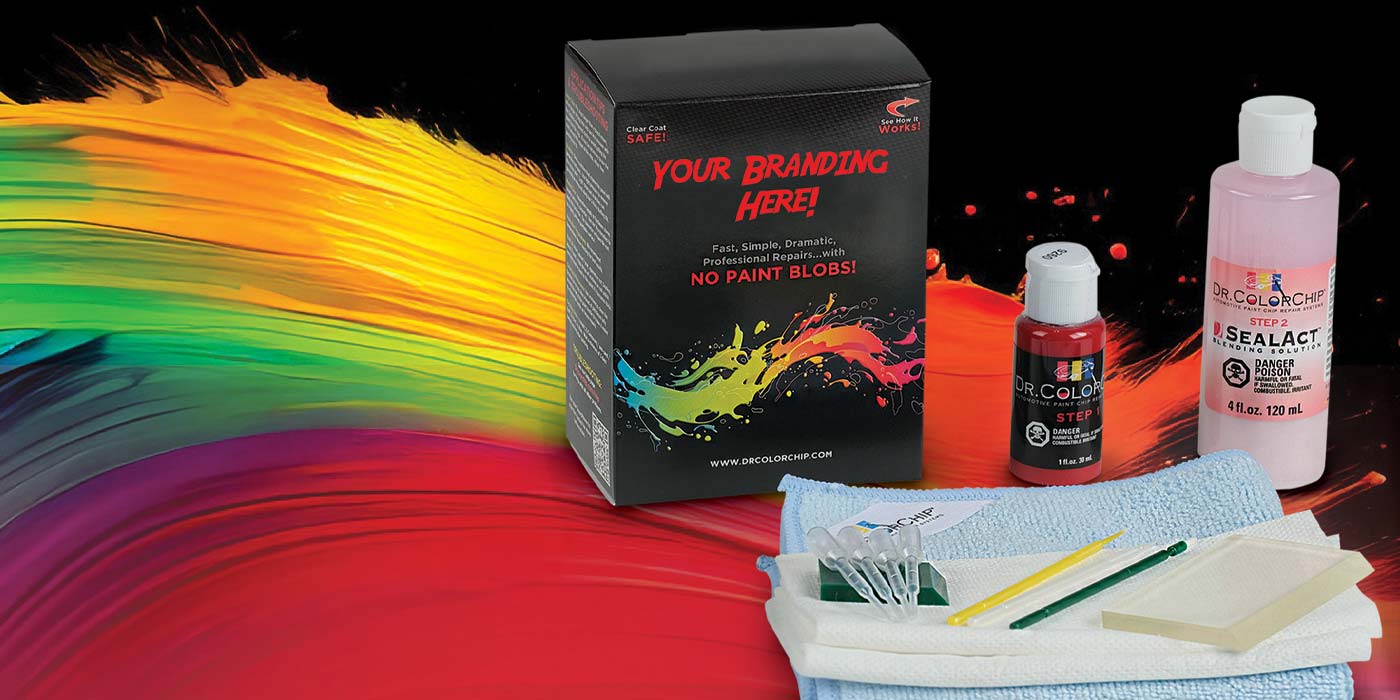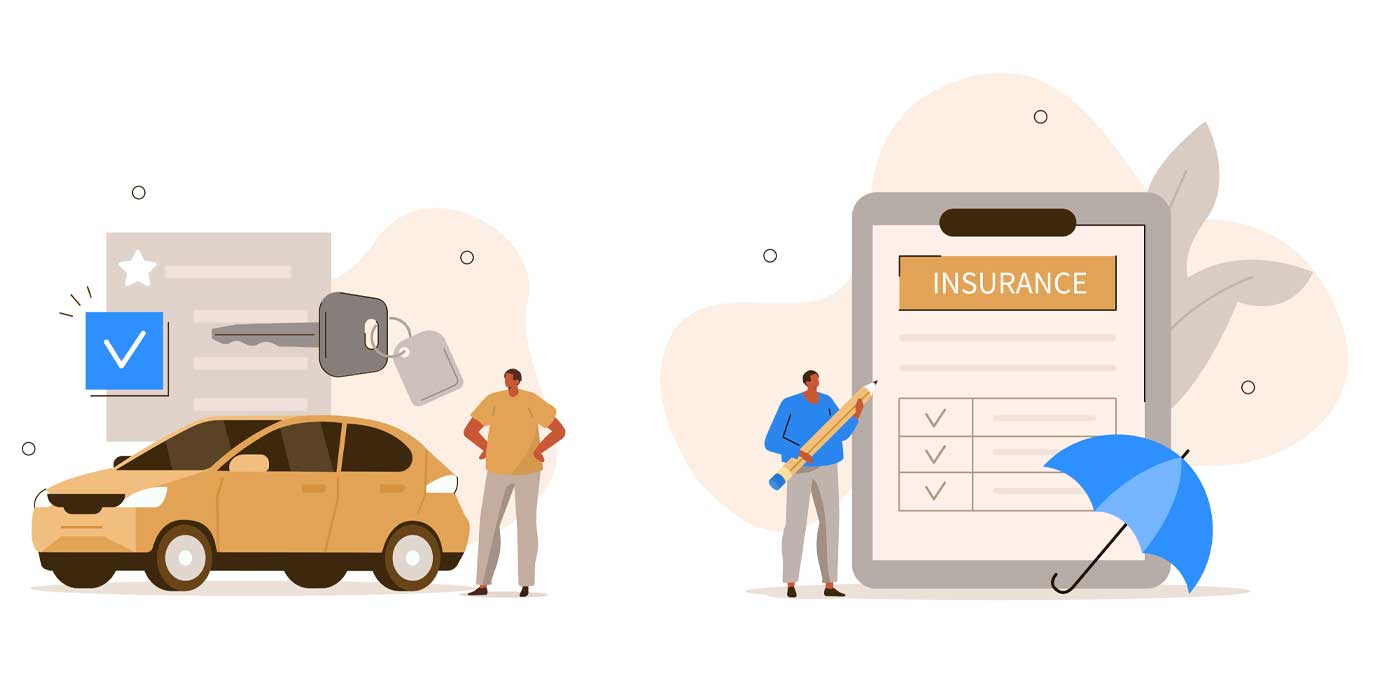Every step in the process of changing a tire counts — especially when expensive rims are involved. Here are some recommended tips to avoid damaging the wheel when mounting or demounting tires.
Handling the Tire Wheel Assembly
Having the right tire equipment when handling custom rims could make or break your shop. The most common rim damage when changing a tire occurs while loosening the bead. Having a tire changer with a hand operated, point-of-use control bead loosener drastically reduces the risk of rim damage.
Clamping the Wheel
Our training team recommends external clamping custom wheels versus internal or center-post clamping. Internal clamping risks wheel damage because two metal points push against the inside of the rim. A center post tire changer clamps the rim around the highly visible center of the rim. Any damage would be very noticeable. The preferred way is to secure the rim with clamps designed with built-in nylon protection.
Removing and Installing the Tire
Several precautionary actions should be taken during mounting and demounting a tire to prevent wheel damage. Handle TPMS sensors properly with care. Use enough tire lubricant and assist arms that aid in keeping the tire in the drop center. This is especially helpful when mounting run-flat tires or those with stiff sidewalls.
TPMS
Failing to put the valve stem in the proper location when mounting or demounting a tire may risk damage to the TPMS sensor. It’s important to refer to the tire changer operations manual for proper procedures on valve stem location when installing or removing the tire. Following these procedures will help protect the sensors.
Clamps
Because of the risk of damage from clamps, we recommend the use of clamps with plastic protectors built in to eliminate metal-on-metal contact with the wheel. This also helps maximize the grip with twice the slip resistance of conventional clamp covers, while minimizing the risk of damage to the rim.
Loosening the Bead
Using a hand-actuated bead loosener will provide the technician with complete control of the bead loosening process. The technician will move to the outside (right side) of the tire and wheel assembly ensuring a clear line of sight.
Deflation
It is important that technicians do not shortcut the mounting and demounting process. All the air should be out of the tire before loosening the bead. If only half the air is out of the tire when loosening the bead, the remaining air pressure can increase the wear on the tire changer and increase the likelihood of future repair concerns.
Training
The key element for the customer is to trust that their wheels are going to come back in good condition. If technicians use the equipment the way it was designed, there should not be any problems with wheel damage. Technicians should be trained on equipment and procedures to ensure they know how to “respect the wheel” and treat customers’ rims with the utmost care.














